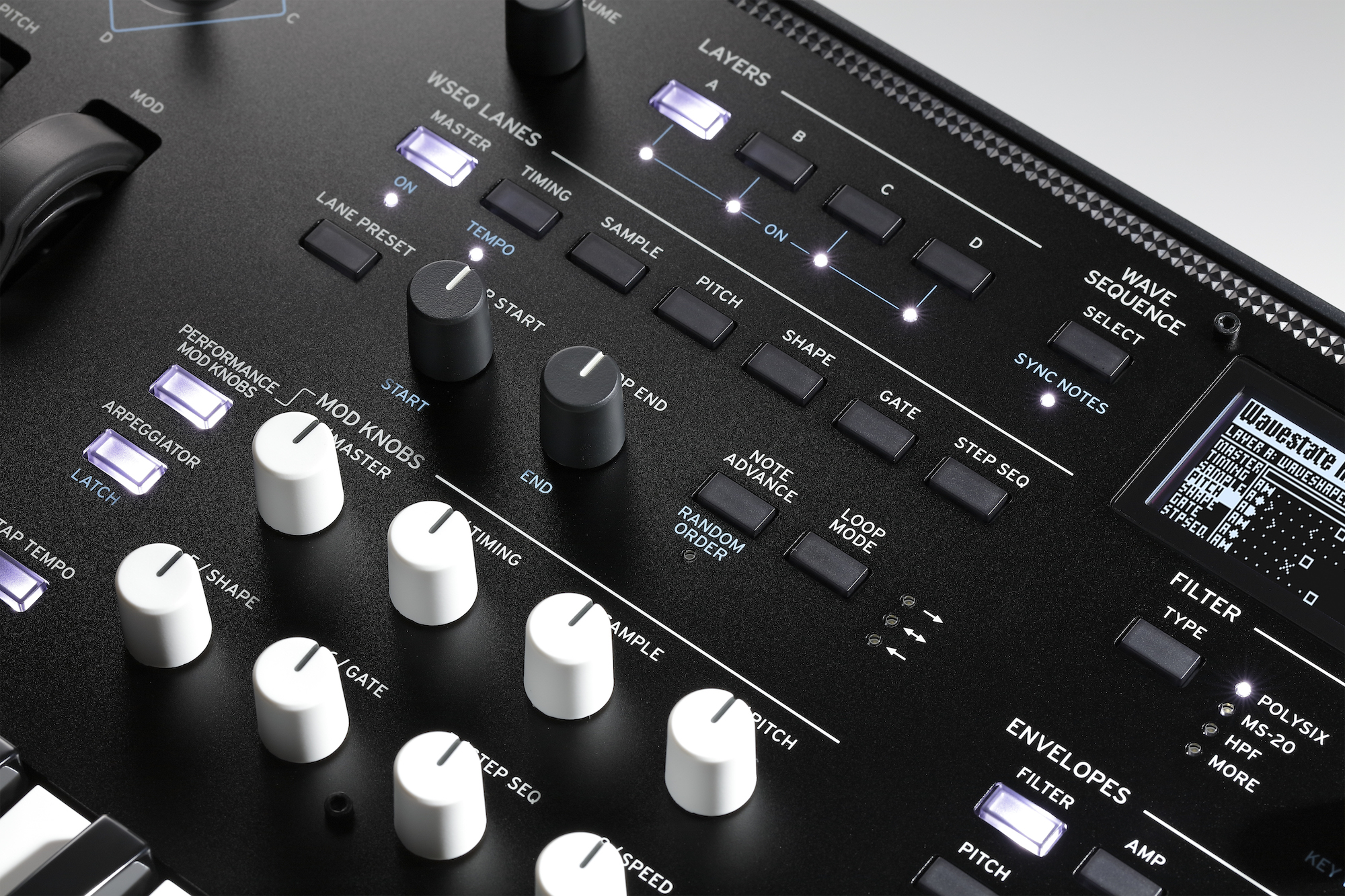
Whether the timing of the Voyager release was a proper celebration of him reclaiming his company’s name and kicking off a new era of Moog Music, or it was responding to a rapidly growing need for true analog sound, it had a profound effect on the electronic musical instrument industry.

What most don’t realize is that it was the Voyager that started a revival of analog synths, which I call “new analogs”, on a larger scale, turning the electronic music instrument industry upside down (or rather, downside up), ultimately undeniably effecting the culture of electronic music.īob Moog was working out of passion.

It was, and is, a fantastic instrument, which did more than just bringing back the classic sound with a familiar layout: it added more oscillator stability, more performance control, more convenience and more instantaneous feedback for the player. In 2002, Robert Moog released the Moog Voyager, a recreation of his famous original, the Minimoog (Model D). Synthesis revival in the 21st Century: New Analogs Two years ago, already being fed up with the then-16 year long trend of everyone re-releasing classic analog synths, I predicted a new trend of digital hardware machines, and in particular, the return of wavetable synthesis, as the next phase of idea-recycling.


 0 kommentar(er)
0 kommentar(er)
